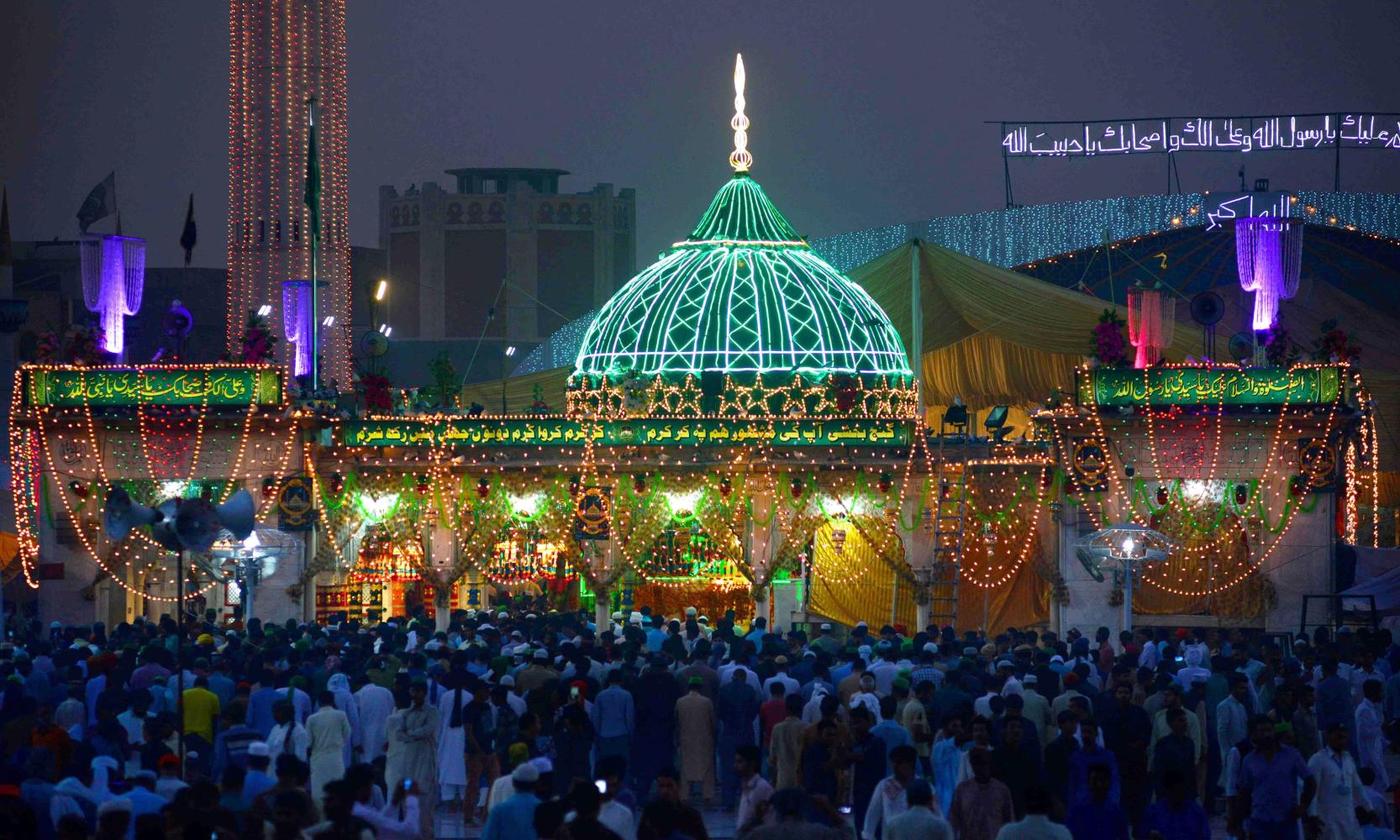Bilal Ganj, a prominent area in Lahore, Pakistan, has undergone significant transformations from 1947 to 2024, reflecting the dynamic nature of urban development and commerce in the region.
1947-1950s:
- After the partition of British India in 1947, Lahore became a part of Pakistan, leading to significant demographic shifts as migrants and refugees settled in the city.
- Bilal Ganj, like many other areas, witnessed an influx of people seeking new opportunities, resulting in the establishment of small businesses and trading activities.
- The automotive industry began to flourish, with entrepreneurs setting up shops and workshops to meet the growing demand for vehicle repairs and spare parts.
1960s-1970s:
- Bilal Ganj emerged as a key commercial hub, particularly known for its automotive market, which offered a wide range of products and services.
- The construction of new roads and infrastructure projects improved connectivity, attracting more customers and businesses to the area.
- Bilal Ganj became synonymous with quality auto parts and accessories, drawing customers from Lahore and neighboring cities.
1980s-1990s:
- Despite political and economic challenges in Pakistan, Bilal Ganj continued to thrive, with its market expanding to accommodate a growing array of automotive goods.
- Technological advancements in the automotive sector, such as computerized diagnostics and electronic components, influenced business practices and customer preferences.
- The area witnessed increased competition as new players entered the market, driving innovation and diversification of offerings.
2000s-2010s:
- Bilal Ganj embraced modernization, with businesses adopting digital tools and online platforms to streamline operations and reach a broader customer base.
- E-commerce emerged as a significant trend, allowing consumers to purchase auto parts and accessories online, complementing traditional brick-and-mortar stores.
- Environmental concerns and urban planning initiatives led to efforts to improve infrastructure and address traffic congestion in Bilal Ganj.
2020s:
- Bilal Ganj continued to be a thriving commercial center, with a mix of traditional storefronts and modern retail outlets catering to diverse customer needs.
- The area adapted to changing consumer behaviors and market dynamics, leveraging technology to enhance the shopping experience and improve business efficiency.
- Community-led initiatives focused on sustainability and heritage preservation contributed to the ongoing vitality of Bilal Ganj, ensuring its continued relevance in Lahore's urban landscape.
Overall, Bilal Ganj's journey from 1947 to 2024 reflects its resilience and adaptability in the face of evolving economic, social, and technological trends, cementing its status as a vital component of Lahore's commercial identity
